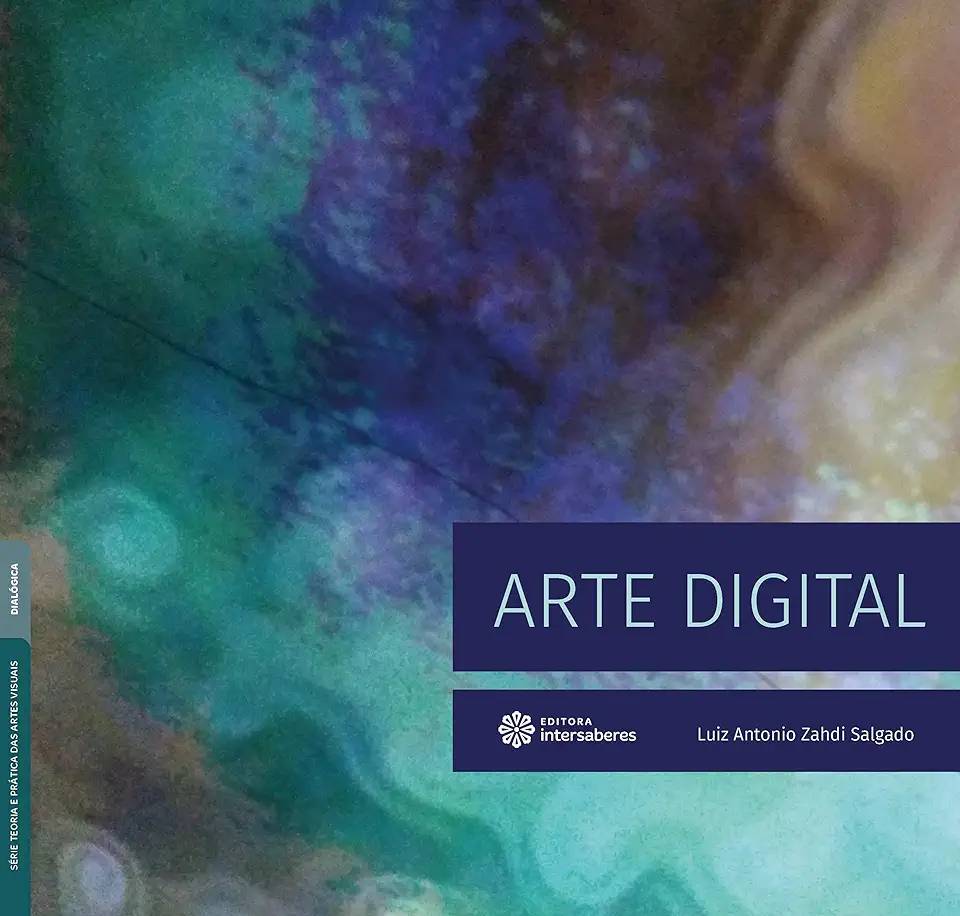
Digital Art - Salgado, Luiz Antonio Zahdi
Digital Art: A Comprehensive Guide to Creating, Printing, and Marketing Your Work
Introduction
In the ever-evolving world of art, digital art has emerged as a powerful and versatile medium that offers endless possibilities for creative expression. With the help of digital tools and software, artists can now create stunning visuals, animations, and interactive experiences that transcend the boundaries of traditional art forms.
The Power of Digital Art
Digital art has revolutionized the way art is created, shared, and experienced. Unlike traditional art, which is often limited by physical materials and techniques, digital art allows artists to explore a vast array of colors, textures, and effects, giving them the freedom to bring their wildest imaginations to life.
Benefits of Digital Art
There are numerous advantages to working with digital art, including:
- Versatility: Digital art can be used to create a wide range of artistic styles, from realistic paintings to abstract illustrations.
- Accessibility: Digital art is accessible to artists of all skill levels, from beginners to professionals.
- Affordability: Digital art software and tools are relatively affordable compared to traditional art supplies.
- Convenience: Digital art can be created and edited anywhere, anytime, making it ideal for busy artists.
- Portability: Digital art files are easily stored and shared, making it convenient for artists to showcase their work to a global audience.
Creating Digital Art
The process of creating digital art involves several steps, including:
- Concept and Planning: Artists start by developing a concept or idea for their artwork. They may sketch out their ideas or create a mood board to visualize the final piece.
- Software and Tools: Artists use a variety of software and tools to create digital art, such as Adobe Photoshop, Illustrator, Corel Painter, and Procreate.
- Drawing and Painting: Artists use digital brushes, pens, and other tools to draw and paint on a digital canvas. They can experiment with different colors, textures, and effects to achieve the desired look and feel.
- Composition and Editing: Artists arrange and edit their artwork to create a cohesive composition. They may use layers, masks, and other techniques to enhance the visual impact of their work.
- Finishing Touches: Artists add final touches to their artwork, such as adjusting lighting, contrast, and color balance. They may also add text, textures, or other elements to enhance the overall presentation.
Printing and Marketing Digital Art
Once a digital artwork is complete, artists can choose to print it on various materials, such as paper, canvas, or metal. They can also sell their artwork online through platforms like Etsy, Artfinder, and Saatchi Art. Additionally, artists can promote their work through social media, online galleries, and art exhibitions.
Conclusion
Digital art is a dynamic and exciting medium that offers artists limitless creative possibilities. With its versatility, accessibility, and affordability, digital art is an excellent choice for artists of all levels who want to explore new horizons and push the boundaries of artistic expression.
Call to Action
If you're passionate about art and want to explore the exciting world of digital art, don't miss out on this comprehensive guide. "Digital Art: A Comprehensive Guide to Creating, Printing, and Marketing Your Work" is the ultimate resource for artists looking to master the art of digital creation and take their artistic careers to new heights. Get your copy today and start your journey into the world of digital art!